
OR
books art music
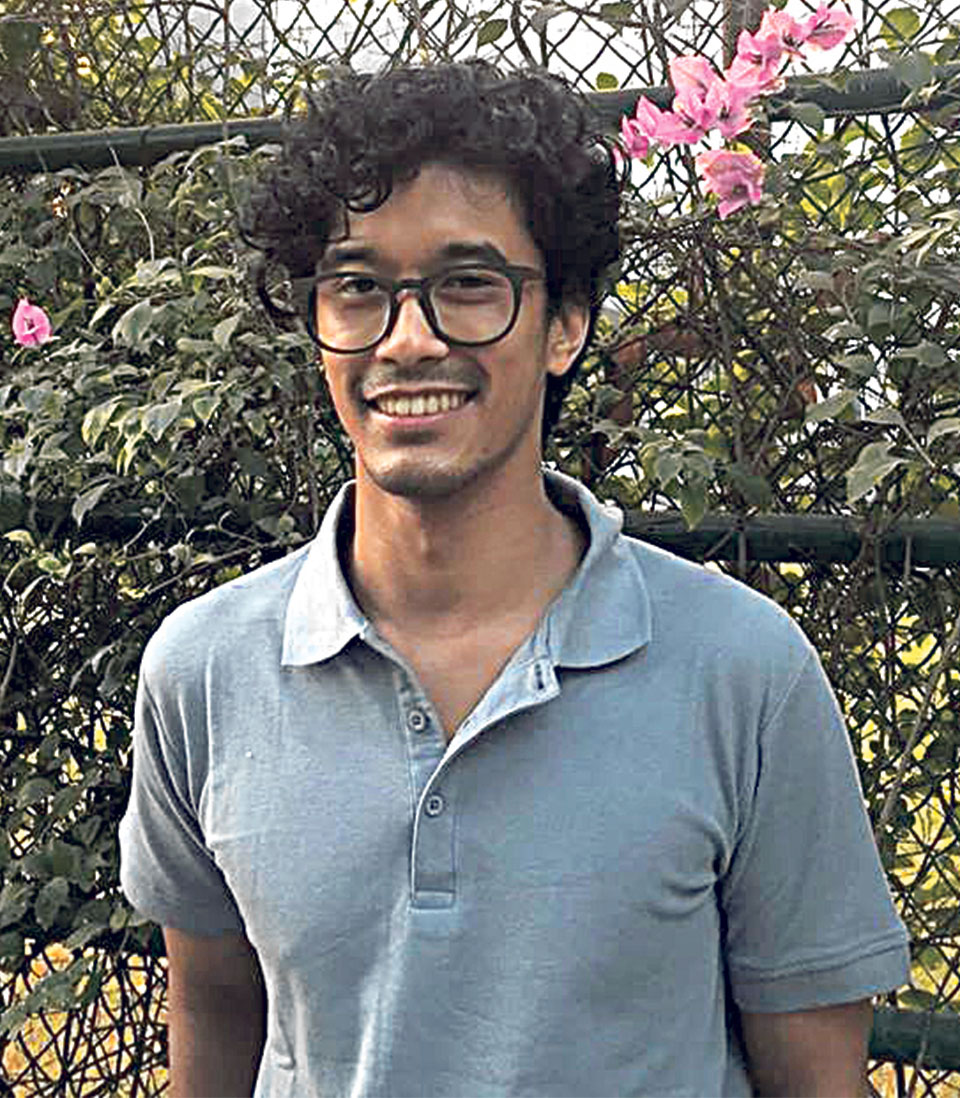
When Yomari Sessions first hit our music scene it was a breath of fresh air. The live single-take performances were all about authenticity and originality. Further, being a platform specifically for independent bands, it gave us – the viewers – a new perspective into the Nepali music scape as well.
Yuvash Vaidya remembers talking about recording bands doing original content in this manner with the Katha Haru team as early as 2014. So behind the scenes, all this while, as the Yomari Sessions’ wrapped up its second season, Vaidya has worked as a line producer. He responsibility not only involved making sure that the equipment, setting, and those involved there were doing what needed to be done but also coordinating the musicians and connecting them to the Katha Haru team.
Even as a student completing his two-year diploma course in KM College of Music and Technology in Chennai, Vaidya seems to be enjoying exploring the various facets of music at the moment. So obviously, his recommended artists were bound to be interesting.
Along with shuffling through his playlist for us, Vaidya also talked to The Week’s Priyanka Gurung about his experiences on helping run the Yomari Sessions.
Do you remember the first session of the series? What was your personal motive back then?
The first session we recorded was of Shreeti and Baaja and we had simply just used the Katha Haru studio. The idea of putting Yomari Sessions out there was to give musicians the space to create and express their music in a setting that would please the viewer as well as the listener. I was beginning to feel that live music seemed more like aural wallpaper and wanted to push a little soul into what a session can consist of.
We heard that you took on the responsibility to recruit musicians for the sessions from the get go. Could you talk about how you got acquainted with so many musicians?
Besides taking part in the act of making music, I’m an avid listener. I admire the craft it takes to make an instrument sing and have always been in awe of musicians around me. Also I am curious as to the approach that musicians take to reach the ‘fruit’, as we say.
Is it tricky to get them all together to record a session?
Yes, it definitely is. Group dynamics are always tricky to capture but, with a solid crew like the folks at Katha Haru, the musicians were at ease and joking around while playing. Putting out a video of a session is about working together towards making the recording session itself as natural a performance as it can seem. We needed to work straight from the drawing board to put things together. The most memorable one would have to be the Stairs of Cirith session because we had to change the location of the session and do it well into the night.
Are there any feedbacks about the sessions from viewers or musicians that were particularly memorable?
Paying tribute to the late singer Phatteman Rajbhandari was particularly memorable. ‘Rakim’ was a song that I fell in love with at first listen and arranging it was a blessing. We have received a lot of positive feedback for that session.
Lastly, what are your personal views on originality and experimentation in Nepali music?
Nepali music is a dormant resource that most musicians in Nepal refuse to acknowledge. There are Nepali artists in Nepal as well as abroad exploring genres, words, instruments and are pushing the boundaries of music. I feel the need for labels to be blurred as genres such as rock or jazz should not be taken at face value. Artists should definitely not be afraid of the unknown and ought tap into what is already there.
“This album explained to me what it meant to compose in a jazz-style.”
Aaron Parks – Invisible Cinema
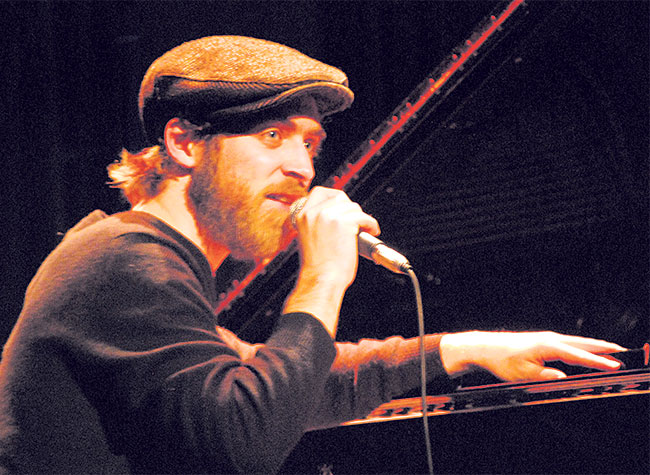
These compositions by pianist Aaron Parks contains the perfect blend of solos and band playing that pulled me to explore contemporary music much more than before. This was an eye opening record for me. The lineup for the album is another winner for me. Mike Moreno’s smooth guitar tone and Eric Harland’s dynamic delivery sit so well with the compositions on this album.
“Any ‘blues’ guitarist out there who isn’t listening to Lage playing is missing out.”
Julian Lage – Arclight
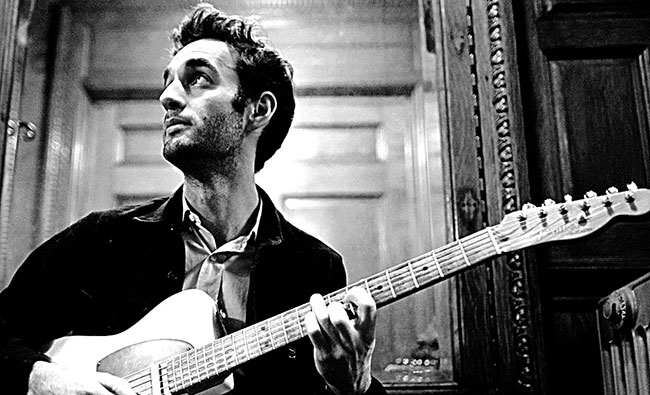 This record is so sweet and mellow. It just melts in your ears. It contains virtuoso playing but it’s not the note choices that are beautiful. The complexity is in the form and how the songs on this record are arranged. It takes you to a different place and makes you doubt how he does so much on just six strings.
This record is so sweet and mellow. It just melts in your ears. It contains virtuoso playing but it’s not the note choices that are beautiful. The complexity is in the form and how the songs on this record are arranged. It takes you to a different place and makes you doubt how he does so much on just six strings.
“He personifies class in music for me.”
Jose James – No Beginning No End
 I actually found Jose James after his collaboration with Emily King. His music is reminiscent of Al Green and 70’s soul. His songs have repeat play value and I always come back to his songs. R&B got new meaning for me through his music. It made me understand how simple songwriting can connect you to a listener without the need for flashy jewels.
I actually found Jose James after his collaboration with Emily King. His music is reminiscent of Al Green and 70’s soul. His songs have repeat play value and I always come back to his songs. R&B got new meaning for me through his music. It made me understand how simple songwriting can connect you to a listener without the need for flashy jewels.
“This is how I wind down.”
Tyler the Creator – Flower Boy
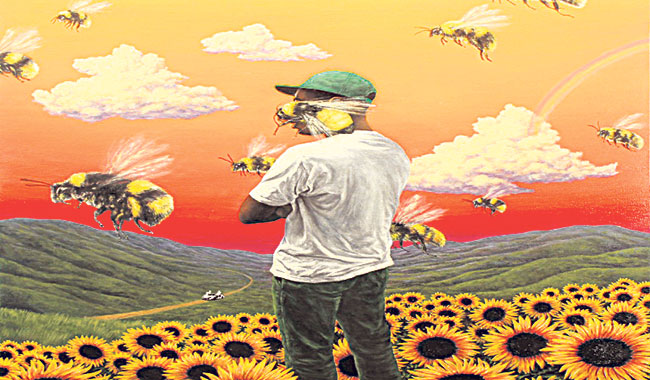 I take this record to chill and relax. I usually listen to it to induce a calm state of mind even when I’m travelling or on the move. Tyler can best be described as a creative person. His music, style and flow blend into a complete picture and, for me, he’s one of the most interesting human beings out there in the modern pop music circuit.
I take this record to chill and relax. I usually listen to it to induce a calm state of mind even when I’m travelling or on the move. Tyler can best be described as a creative person. His music, style and flow blend into a complete picture and, for me, he’s one of the most interesting human beings out there in the modern pop music circuit.
“He is surreal. I didn’t take to him immediately.”
Olafur Arnalds – Living Room Songs
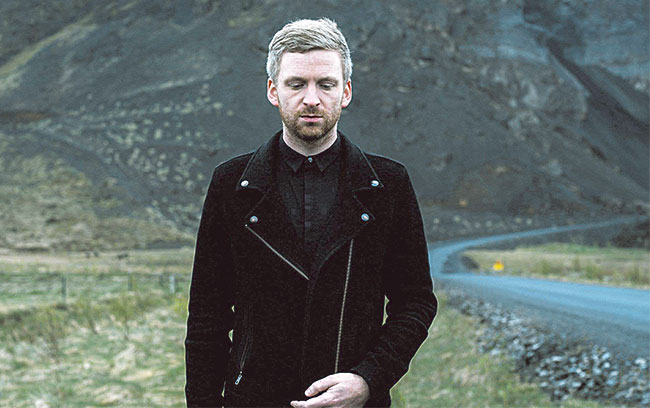 Olafur’s songs have a place in my life. They are surreal to me and I don’t relate to them as songs. They seem more like soundscapes or better awe-inspiring paintings. They are simple, beautiful and emotionally evocative. It took me a long time to get accustomed to them. It is modern classical music. I know that’s an oxymoron but just go listen to ‘Near Light’ and tell me otherwise.
Olafur’s songs have a place in my life. They are surreal to me and I don’t relate to them as songs. They seem more like soundscapes or better awe-inspiring paintings. They are simple, beautiful and emotionally evocative. It took me a long time to get accustomed to them. It is modern classical music. I know that’s an oxymoron but just go listen to ‘Near Light’ and tell me otherwise.
You May Like This
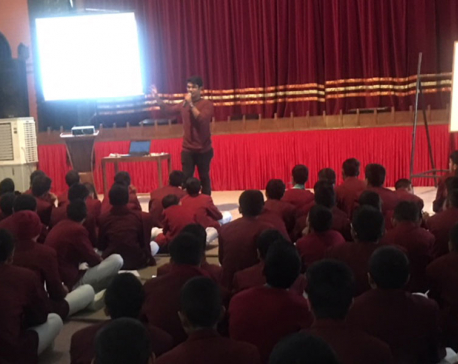
Little Angels’ students excited to take robotics class
KATHMANDU, Nov 18: Little Angels’ School had a different aura on Friday. Eight graders of Little Angels’ school were excited... Read More...

Private schools pushing own interests in education regulations
KATHMANDU, Nov 5: After they succeeded in incorporating two types of private schools- as companies and as trusts- under the... Read More...
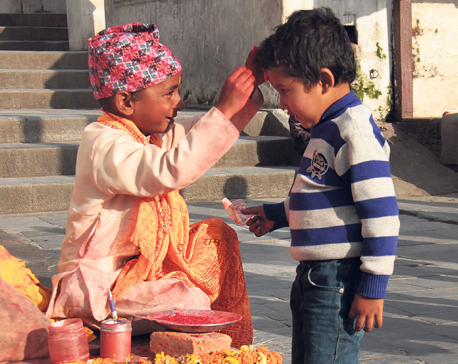
The little priest
On a visit to Pashupatinath temple, a rare sight caught my attention and I went to take a closer look.... Read More...










Just In
- NRB introduces cautiously flexible measures to address ongoing slowdown in various economic sectors
- Forced Covid-19 cremations: is it too late for redemption?
- NRB to provide collateral-free loans to foreign employment seekers
- NEB to publish Grade 12 results next week
- Body handover begins; Relatives remain dissatisfied with insurance, compensation amount
- NC defers its plan to join Koshi govt
- NRB to review microfinance loan interest rate
- 134 dead in floods and landslides since onset of monsoon this year








Leave A Comment